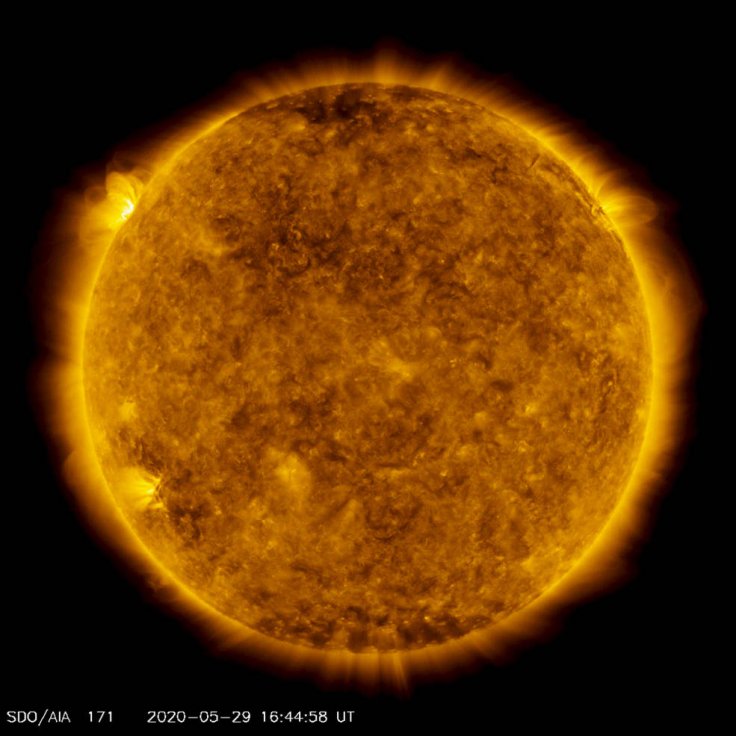At the center of the solar system, the brightest star sun is a constant force keeping planets in orbit, providing the blue planet required amount of light and warmth for life. But it has been pretty quiet lately, which also led to an idea that Earth might face a mini ice age for the next 30-years.
But, on May 29, the sun was spotted while spitting out its biggest flare since October 2017. As per the scientists, this could be a sign that the source of the energy in the solar system, has already entered its new solar cycle and will be ramping up to a higher level of activity in a few years.
The sun and the mystery of space

To everyone, even though the activities of the sun may look consistent, as per the astronomers, it actually goes through 11-year activity cycles, with a clearly defined minimum and maximum.
Tn terms of the solar minimum, the stage is characterized by the sun's minimal level of sunspot and flare activity, which marks the end and the beginning of a new cycle that is based on the Sun's magnetic field. In every 11-years, its north and south magnetic poles switch places.
Scientists don't know clearly what causes these cycles, but they have explained that the sun's poles switch when its magnetic field becomes a week, also called as solar minimum.
The solar cycle
As per the scientists, they are expecting a trip from Cycle 24 to 25, but it is not clear whether the solar minimum has happened or is just about to.
Almost three years ago, NASA mentioned that a solar minimum was expected between 2019 and 2020. In December 2019, NOAA's Solar Cycle 25 Prediction Panel mentioned that "solar minimum between cycles 24 and 25 will occur in April, 2020 (+/- 6 months)."
It should be noted that if the sun starts acting in a disorderly manner, it could be evidence of solar minimum and the newly detected flare is a step in that direction.
The solar flare

The new flare was detected on May 29 at around 07:24 UTC (03:24 EST) but it wasn't pointed at Earth. NASA noted that it was a pretty M-class flare, the second strongest flare classification, clocking in at just M1.1 on the 10-point scale. Which means it can not pose a threat to Earth.
NASA's Karen Fox and Lina Tran stated that
"It takes at least six months of solar observations and sunspot-counting after a minimum to know when it's occurred.
"Because that minimum is defined by the lowest number of sunspots in a cycle, scientists need to see the numbers consistently rising before they can determine when exactly they were at the bottom. That means solar minimum is an instance only recognizable in hindsight: It could take six to 12 months after the fact to confirm when minimum has actually passed."









